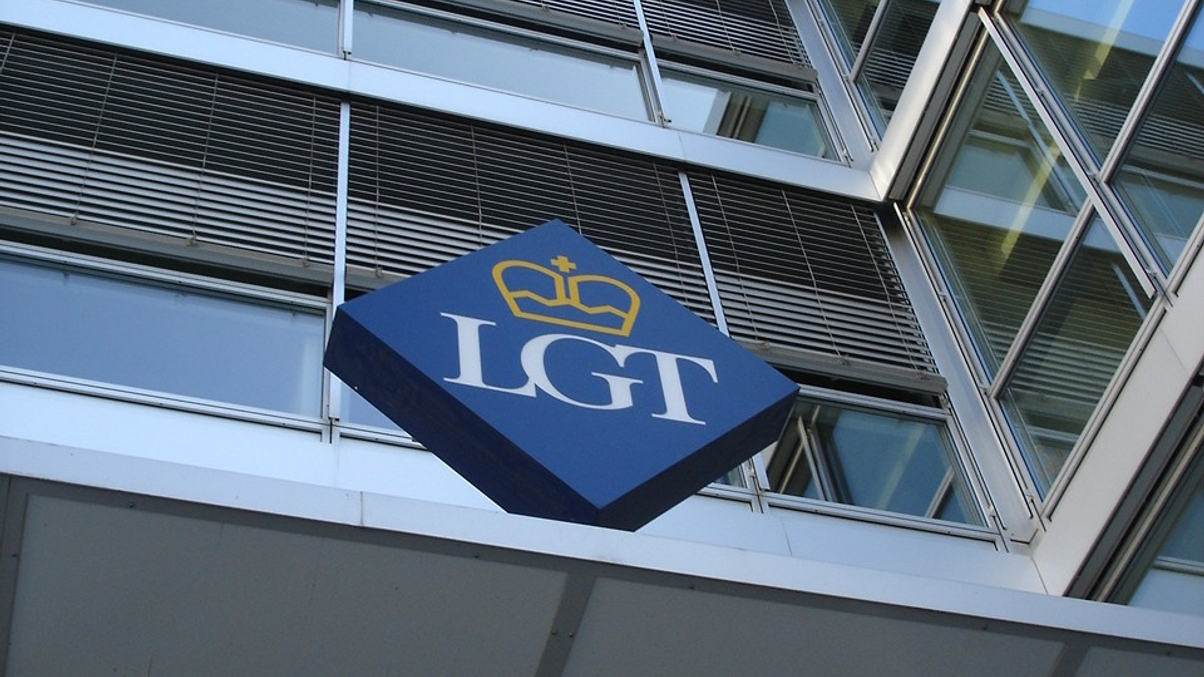LGT Capital Partners: Alternatives set for continued rise in Asia
More flows are likely into insurance-linked strategies, private equity and trend-following strategies/CTAs, given the benefits of such investments, argues LGT Capital Partners.

Despite the numerous quantitative easing programmes and bailouts of recent years, the quest for self-sustaining global economic growth has proved elusive. Furthermore, the effectiveness of future monetary stimulus is increasingly being doubted, and global markets have been prone to bouts of volatility, while Asia has also been impacted by recurring China-related uncertainties.
Sign in to read on!
Registered users get 2 free articles in 30 days.
Subscribers have full unlimited access to AsianInvestor
Not signed up? New users get 2 free articles per month, plus a 7-day unlimited free trial.
¬ Haymarket Media Limited. All rights reserved.


